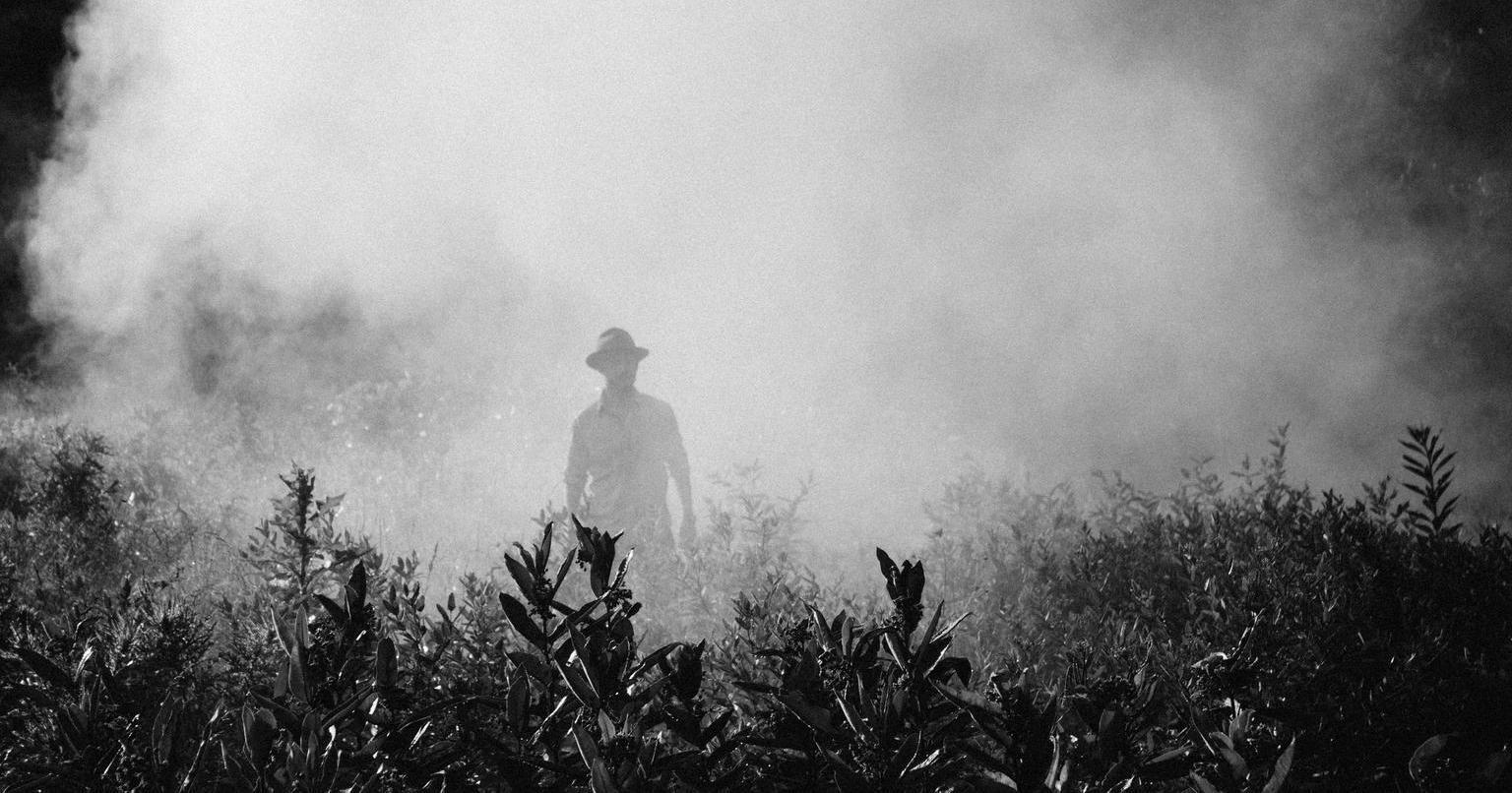
The Chemical Empire
A new history of synthetic insecticides in Britain and its colonies, c1920–1970
Context
The harmful effects of the pesticide DDT first received widespread attention in 1962 after the publication of Silent Spring by Rachel Carson. We know surprisingly little about the history of the use of DDT in Britain and the British colonies before this point and our knowledge about DDT relies heavily on the history of insecticides in American farming and the World Health Organization’s malaria eradication programmes.
We explore how Britain used insecticides on its farms and in its colonies to show the different ways in which insecticides were used in agriculture compared with disease control during and after World War II.
We consider how the effects of insecticides on health are shaped by the context in which they are used and how the context depends on wider cultural, economic, political and technical factors.
Key Aims & Objectives
One key aim of the project is to map the way that insecticides were deployed in the past, bringing to light forgotten episodes of use. We ask questions about where, and when, insecticide deployment was most intense or prolonged. This has allowed us to recover the history of the use of DDT and other synthetics against locusts in Kenya, the protection of stored produce in Ghana, or the fight against sugar cane froghopper in Trinidad. We show that the history of insecticides in the Global South before 1965 is much more than just the history of malaria control.
Dr Sabine Clarke, Dept of History
Principal Investigator
Dr Sabine Clarke, Dept of History
Wellcome Trust
(2022) Turning DDT into ‘Didimac’: Making insecticide products and consumers in British farming after 1945, History and Technology, 38:1, 31-61
Science History Institute, Lunchtime Lectures: Sabine Clarke